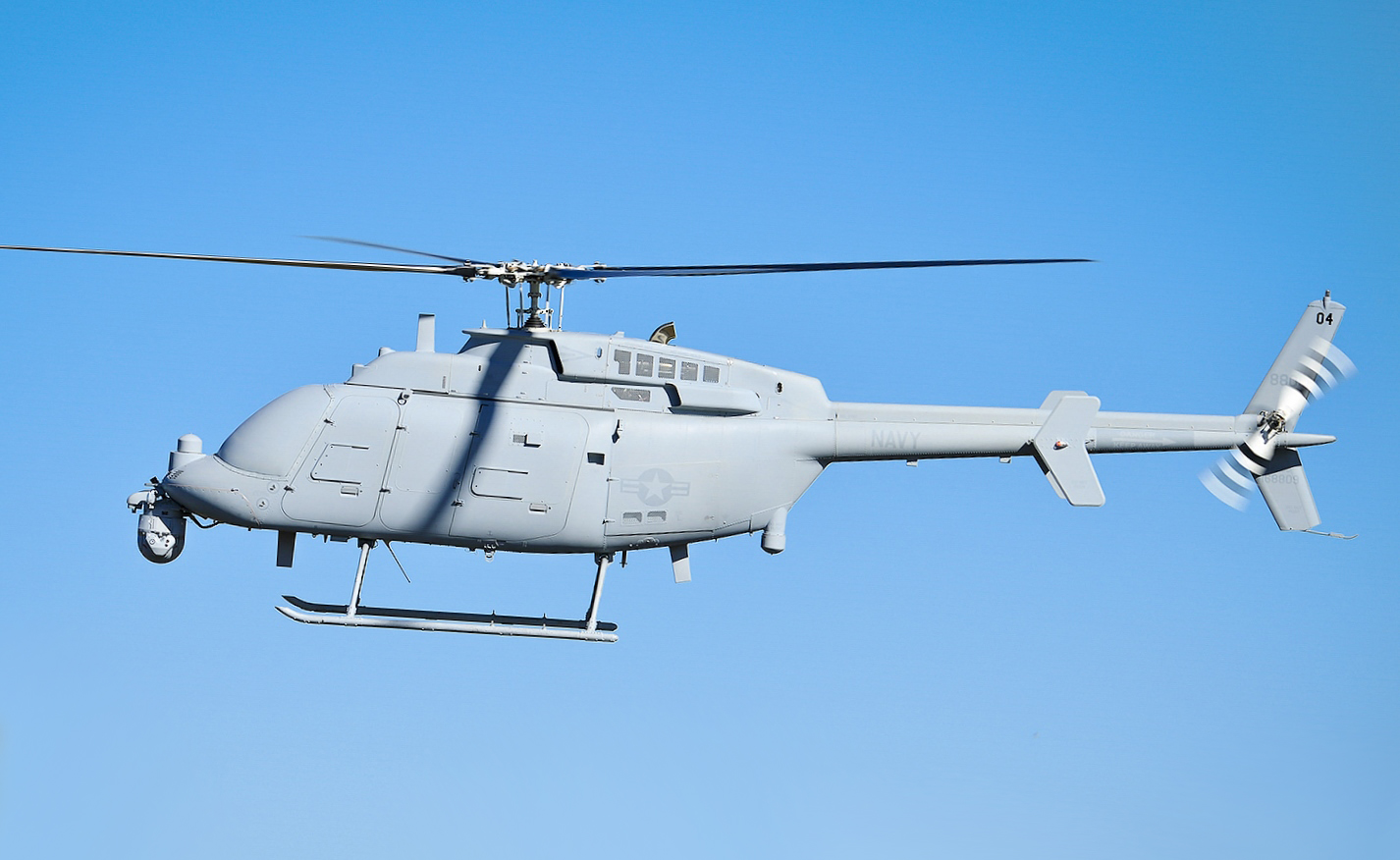The US Navy’s top command in the Middle East is launching a new drone task force to test the capabilities of its unmanned platforms across the region. This development comes amidst the recent maritime attacks that were blamed on Iran.
US’ ‘Top Secret’ Stealth Drone Spotted Near China; Is It The Start Of India-US-China Military Confrontation?
The US Navy’s Mid-East based 5th Fleet announced on September 8 that this new task force is going to incorporate airborne, sailing as well as underwater drones for conducting its operations.
Even though the Navy refused to identify the systems that will be introduced from their headquarters in the island nation of Bahrain, they ensured that in the coming few months, the drones will be seen stretching their capabilities across a region of chokepoints crucial to both global energy supplies and worldwide shipping, The Associated Press reported.

Additional details about this new task force, which is going to be known as Task Force 59, were shared by Navy Vice Admiral Brad Cooper, head of both the 5th Fleet as well as the Naval Forces Central Command (NAVCENT), collectively known as 5th Fleet/NAVCENT.
“We want to put more systems out in the maritime domain above, on, and below the sea. We want more eyes on what’s happening out there”, he said. The 5th Fleet’s jurisdiction includes the crucial Strait of Hormuz, the narrow mouth of the Persian Gulf through which 20% of all oil passes.
It also stretches as far as the Red Sea reaches near the Suez Canal, the waterway in Egypt linking the Mideast to the Mediterranean, and the Bab el-Mandeb Strait off Yemen, as stated by The Associated Press in its report.
According to reports, many of the systems which will be used by Task Force 59 are going to include those which were demonstrated by the service during the Unmanned Integrated Battle Program 21 or the UxS IBP 21 which was held in California in the month of April this year.
A number of drones such as the MQ-8B Fire Scout, MQ-9B Sea Guardian, General Atomics’ MQ-9 Reaper, and Vanilla Unmanned’s Ultra-Long Flight Endurance Unmanned Air Vehicle participated in the UxS IBP 21.
Along with them, unmanned service vessels (USVs) such as the Sea Hunter and Seahawk were also a part of the exercise.
The areas which come under the 5th Fleet have shallow waters, salty waters, and experience high temperatures which go beyond 45 degrees Celsius (113 degrees Fahrenheit) during summertime. These conditions are rough for crewed vessels and even worse for those which run remotely.
“I think that environment really suits us well to experiment and move faster. And our belief is if the new systems can work here, they can probably work anywhere else and can scale them across other fleets”, Cooper said.
US, Israel Aim To Outpace Russia & China With ‘Arrow’ That Can ‘Shoot Down’ Hypersonic Missiles
US-Iran Tensions
The area under the US 5th Fleet has also seen a number of at-sea attacks by Iran in the past few years. Bomb-laden drone boats, which were set adrift by the Yemeni Houthi rebels reportedly damaged vessels off Yemen amid that country’s yearlong war.
Oil tankers have also been reportedly seized by Iranian forces near the United Arab Emirates and the Strait of Hormuz.
In the past, Iran had shot down an American drone following the decision of then US President Donald Trump to unilaterally withdraw from Iran’s nuclear deal with world powers in 2018. These tensions were acknowledged by Cooper in his statement to the journalists on September 8.
“We’re very aware of Iran’s posture and we’ll be prepared to deal with that appropriately. I’m going to leave it at that.” He said as he refused to go into further details.